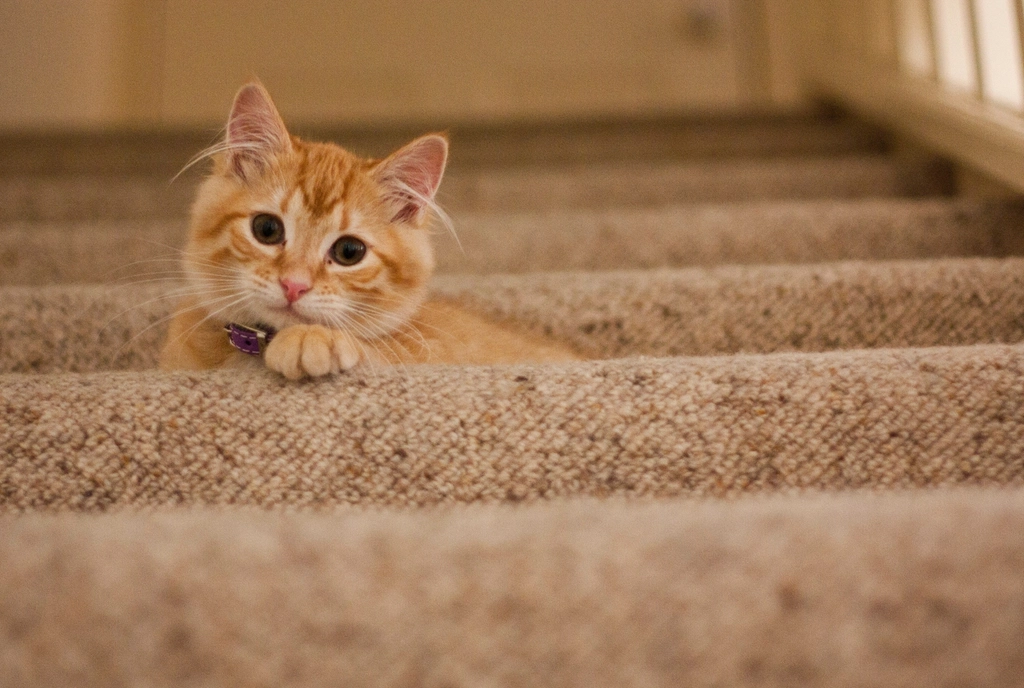Cats are intriguing creatures, known for their mysterious personalities and independent nature. As much as we love them, sometimes our actions can leave them bewildered. Understanding what might confuse your feline friend can help strengthen your bond and ensure a harmonious living environment. Let’s explore the seven common things you might be doing that leave your cat scratching its head in confusion.
Sudden Changes in Routine
Cats are creatures of habit. They find comfort in predictability and routine. When you suddenly change your daily schedule, it can throw your cat off balance. Imagine if you were used to having breakfast at the same time every day, and suddenly, your meal times were erratic. It’d be puzzling, right? Similarly, when you switch your routine without warning, your cat may feel unsettled. Regular feeding times, play sessions, and even bedtime rituals help your cat feel secure. So, aim to keep a consistent schedule to reduce any unnecessary stress for your furry friend.
Inconsistent Communication
Cats rely heavily on non-verbal cues, and they are quite adept at reading our body language. However, they can become confused when we send mixed signals. For instance, using a stern voice while petting them or calling them lovingly but with a scowl can be perplexing. Think of it like trying to understand a language where the words and tone don’t match. Your cat might not know how to respond. To avoid this, ensure your tone and actions align with the message you want to convey. Clear and consistent communication is key.
Frequent Rearrangement of Furniture

Your home is your cat’s territory, and any change in this environment can be disorienting. Moving furniture around frequently can make your cat feel like it’s navigating a new space. Imagine if someone rearranged your room every week; it would take a while to get used to it. Cats rely on familiar scents and locations for comfort. To minimize their confusion, try to keep the layout of your home consistent and introduce changes gradually.
Ignoring Their Body Language
Cats communicate a lot through their body language. Tail flicks, ear positions, and even the dilation of their pupils can tell you a lot about how they’re feeling. Sometimes, in the hustle and bustle of life, we might overlook these subtle cues. For example, a swishing tail might indicate irritation, but if we continue to pet them, they might get confused and irritated. Paying closer attention to these signals can help you better understand your cat’s needs and prevent any misunderstandings.
Introducing New Pets Abruptly
Bringing a new pet into the household is a significant change for your cat. Cats are territorial animals, and an unfamiliar animal can be perceived as a threat. Imagine having a stranger suddenly move into your home without any warning. The sudden introduction can lead to stress and anxiety for your cat. It’s essential to introduce new pets gradually, allowing your cat time to adjust and feel comfortable with the newcomer. Slow introductions can make the transition smoother for everyone involved.
Overstimulation During Playtime
Playtime is essential for a cat’s well-being, but there’s a fine line between fun and overstimulation. Cats can become overwhelmed if play sessions are too intense or prolonged. Think of it like a workout; too much can lead to exhaustion rather than enjoyment. If your cat starts showing signs of stress, such as panting or hiding, it might be time to take a break. Ensure play sessions are balanced, offering your cat both mental and physical engagement without pushing them too hard.
Inconsistent Feeding Habits
Feeding time is one of the most anticipated parts of your cat’s day. However, inconsistent feeding practices can lead to confusion and anxiety. If one day you offer a feast and the next day a sparse meal, your cat might not know what to expect. Imagine dining at a restaurant where the portion sizes vary dramatically each visit; it would be quite unpredictable. To keep your cat content, try to maintain regular feeding times and portion sizes, ensuring they always know when and what to expect.
Understanding these everyday actions can greatly improve the relationship between you and your cat. By being mindful of their needs and making small adjustments, you can ensure a happier and more harmonious coexistence.

Growing up traveling and experiencing new cultures and wonders, I have had a passion for nature, adventuring, photography, and videography. I am currently working towards a BSc in Biodiversity and Ecology at Stellenbosch University, and I hope to specialise in Marine Sciences one day.
Please send any feedback to Feedback@animalsaroundtheglobe.com





